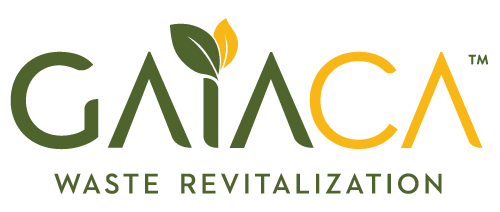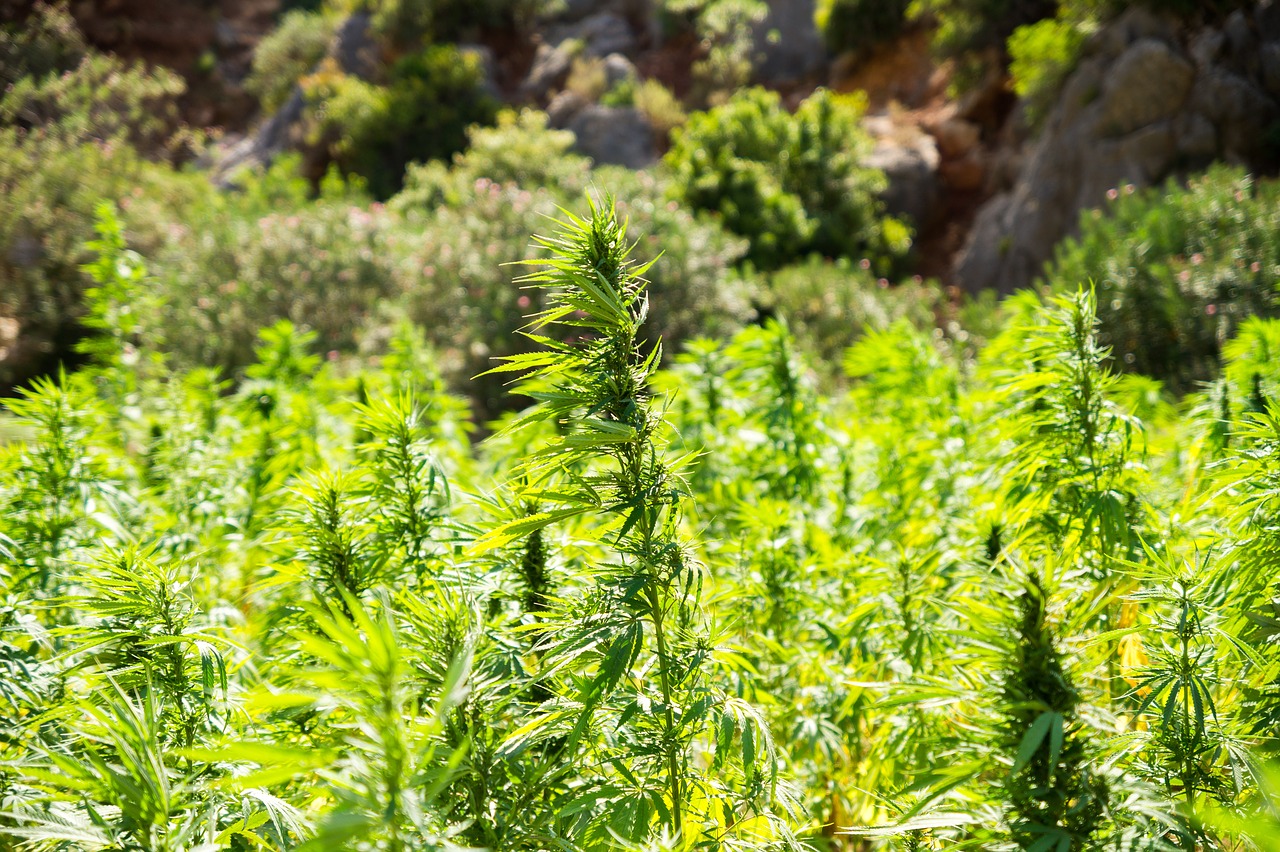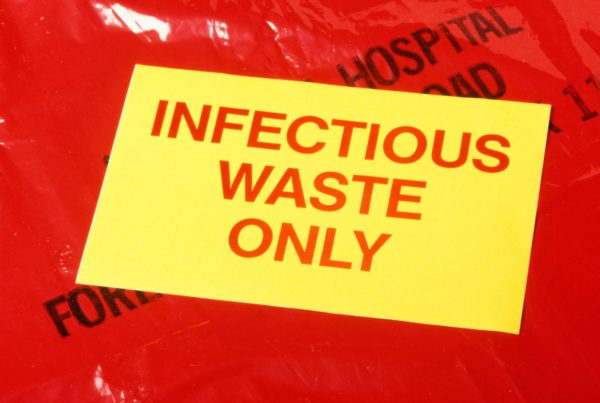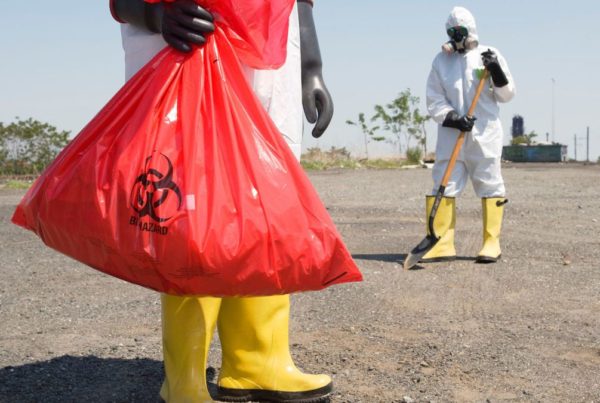North America produced as much as 1 million tons of hemp waste in 2019 alone. But given that hemp represents a new and somewhat uncharted market in the U.S., there’s still a lot of uncertainty about how to manage this growing waste stream. For instance, is hemp waste regulated like cannabis waste? What are the protocols for disposal? And what are the legal requirements for hemp waste generators?
Hemp Waste vs Cannabis Waste
Unused cannabis is subject to very strict disposal requirements and regulations. It needs to be rendered, tracked, traced, and delivered to an appropriate landfill or recycling facility. But for hemp cultivators and processors, this raises the question: Is hemp waste subject to the same requirements as general cannabis waste?
The answer is: It depends on the state.
Technically, hemp is a cultivar of the Cannabis sativa plant. So by definition, industrial hemp is a form of cannabis, but the federal government doesn’t consider it a controlled substance like marijuana. From a legal standpoint (at least federally), marijuana is cannabis with more than .3% THC; hemp is cannabis with .3% THC or less.
At the state level, the laws can vary wildly. Some states, like Idaho, still consider hemp to be a controlled substance if it contains any THC at all.
Many cannabis-friendly states place hemp under the general umbrella of cannabis waste. California, for example, has three separate licensing agencies overseeing the cannabis market, and these agencies don’t differentiate between hemp and marijuana. The Bureau of Cannabis Control defines cannabis waste as “waste that is not hazardous waste…and is organic waste…that contains cannabis and that has been made unusable and unrecognizable.” Since hemp is a form of cannabis, it would be included within this definition.
If your state permits hemp cultivation but restricts marijuana, you may find that there are very different protocols for hemp vs. marijuana disposal. In Georgia, for example, all legal cannabis waste (i.e. hemp waste) can be discarded in a landfill, but the generator must keep detailed records of the amount of hemp and how/where it was disposed of. By contrast, marijuana plants with more than .3% THC are classified as “non-compliant cannabis” and must be surrendered to a DEA-authorized reverse distributor for disposal.
The latter rule is consistent with the federal “hot crop disposal” requirement. The USDA’s Interim Final Rule (IFR) dictates that all crops testing above .3% THC must be destroyed by a reverse distributor via plowing, cutting, shredding, trenching, burning, or leveling the field. The method of disposal must be carefully documented.
If you live in a state with strict marijuana prohibition, some version of the hot crop disposal rule is likely in effect.
How to Dispose of Agricultural Hemp Waste
While the rules for hemp waste disposal vary from state to state, there are some common threads that you may need to be aware of.
If your state requires “Record keeping and Reporting” of hemp and hemp disposal, you’ll need to maintain a thorough record of the acquisition, production, volume, handling, testing, storage, transfer, and ultimate disposal of all hemp.
If your state requires non-hazardous cannabis waste (such as hemp waste) to be rendered “unusable and unrecognizable,” you’ll need to alter your product before disposal. Many states, like California, are vague about the definition of “unusable and unrecognizable,” but other states have specific guidelines.
Florida, for example, requires that waste be “rendered unusable by grinding and mixing the waste with, at least, an equal amount of other compostable materials (e.g. food waste, yard waste, vegetable-based grease or oils) or non-compostable materials (e.g. paper waste, cardboard waste, plastic waste, or oil).” Furthermore, Florida defines the waste to be unusable when “all components are homogenous, indistinguishable, and incapable of being inhaled, ingested, swallowed, injected, or otherwise used or consumed.”
Once your waste is rendered and recorded, it can be removed from the facility and sent to its final destination. It can be recycled, such as via composting or fuel blending, or it can be sent to a landfill for disposal.
Recycling is generally preferred by eco-conscious generators because it minimizes their carbon footprint and may even qualify for tax benefits like IRS depreciation credits and rebates. The downside to recycling is that it typically costs more than landfill disposal.
How to Dispose of Hemp Products
So far, we’ve only talked about how to dispose of the hemp plant. But things get a bit more complicated when we talk about the disposal of commercial hemp products like hemp oils and CBD oils.
The main distinction is that these products often contain hazardous waste materials. Hemp byproducts may be extracted from process liquids like ethanol, which is classified as hazardous. Hazardous waste has specific disposal requirements.
Self-hauling of hazardous waste is strictly prohibited in most cases; the waste must be stored in a specially sealed and labeled container and removed by an authorized service provider. Though the laws vary from one jurisdiction to the next, you can get in serious trouble for improper handling and disposal of hazardous waste. In California, for example, you can face up to 5 years in prison and a $500,000 fine.
Whether you’re a hemp cultivator, processor, or retailer, the best thing you can do is employ the services of a knowledgeable cannabis waste disposal provider. They can help you to develop an appropriate cradle-to-grave waste management solution for your unused and unusable hemp, ensuring that you always remain in compliance with all applicable laws in your state.
Hemp is still a new frontier in the U.S., and the waste requirements can seem confusing and contradictory. With an experienced team of professionals managing your waste streams, you can sleep a lot easier at night.






